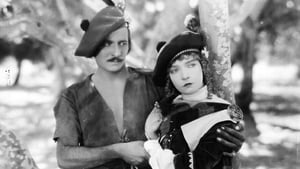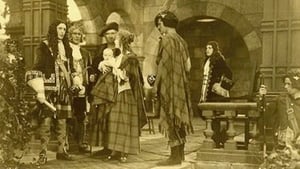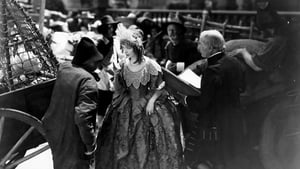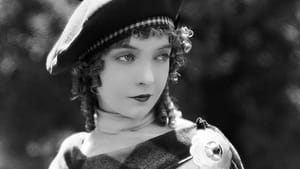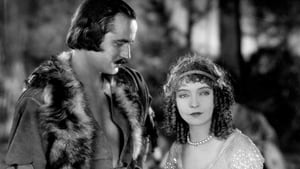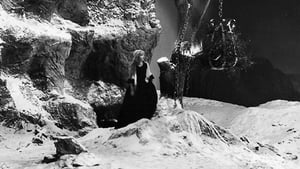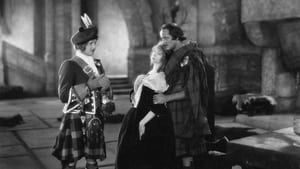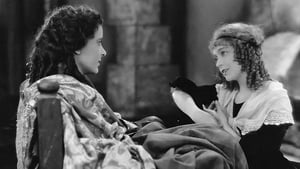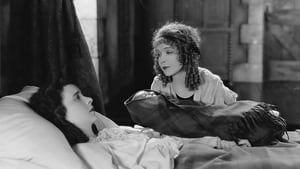Video Sources 0 Views
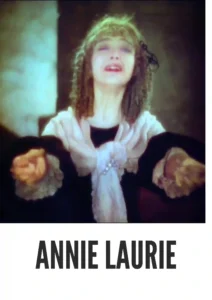
Synopsis
Experience the Romance and Drama of Annie Laurie: Now in Colorized HD

Transport yourself to 18th-century Scotland with Annie Laurie, the 1927 romantic drama directed by John S. Robertson and starring the luminous Lillian Gish. This classic silent film tells a sweeping tale of love, loyalty, and sacrifice against the backdrop of Scotland’s historical conflicts. This colorized version enhances the film’s beauty, making it a captivating experience for both long-time enthusiasts and new viewers alike.
Storyline: A Highland Romance
Set amidst the turbulent times of Scotland, Annie Laurie follows the story of Annie Laurie, a courageous and beautiful woman caught between her love for a Scottish chieftain and the conflicts that threaten to tear her clan apart. When a feud erupts between her clan and a rival one, Annie must choose between her heart and her duty to her people. Her decisions will determine the fate of her love and the future of her clan.
The Cast of Annie Laurie
Annie Laurie features a talented cast, led by Lillian Gish:
- Lillian Gish as Annie Laurie
- Norman Kerry as Donald
- Creighton Hale as The Traitor
- Patricia Avery
Historical Significance: A Tale of Scottish Heritage
Annie Laurie is not just a romance; it’s a window into Scotland’s rich cultural heritage. The film showcases traditional Highland attire, music, and customs, offering a glimpse into a bygone era. Lillian Gish’s portrayal of Annie Laurie is iconic, embodying strength, grace, and unwavering loyalty.
Colorization Details: Bringing Scotland to Life
This colorized version of Annie Laurie has been meticulously crafted to enhance the beauty of the Scottish landscape and the film’s period costumes. The addition of color brings vibrancy to the sweeping landscapes and intimate scenes alike, providing a richer, more immersive viewing experience.
Technical Specifications
- Original Title: Annie Laurie
- Genre: Romance, Drama, Silent Film, Historical
- Director: John S. Robertson
- Runtime: Approximately 94 minutes
- Aspect Ratio: 1.33:1
- Color: Colorized (Originally Black and White)
Download Details
- Download Format: MP4
- Resolution: HD (1080p)
- Compatibility: Compatible with most devices including smartphones, tablets, computers, and smart TVs.
Experience a Timeless Love Story!
Download your HD colorized copy of Annie Laurie (1927) today and immerse yourself in the romance and drama of this classic silent film! A must-have for every classic film collection.
